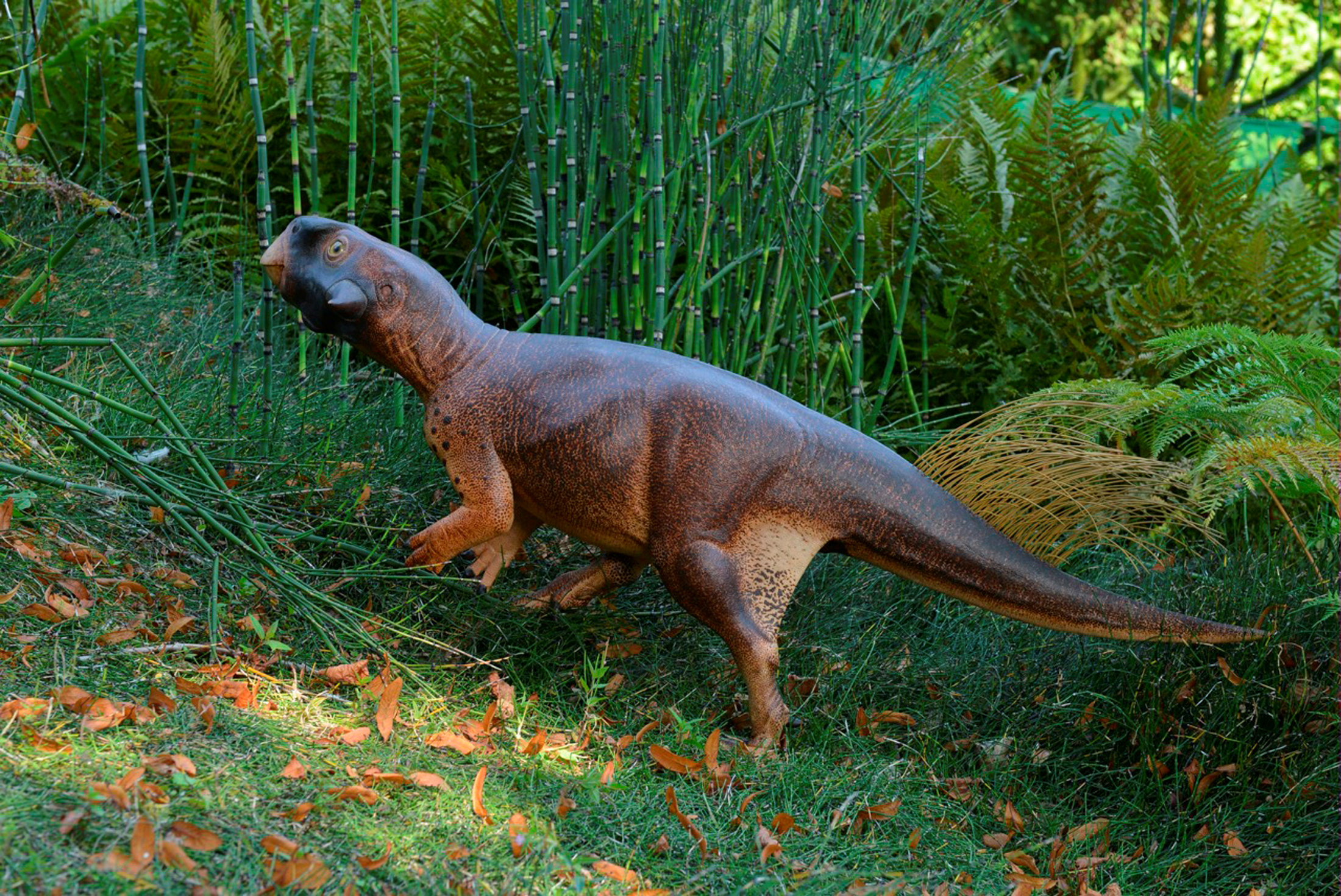Scientists guided by small structures preserved in fossilized skin have deciphered the color and camouflage pattern of a little dinosaur with a parrot-like beak and bristles on its tail that roamed thick forests in China about 120 million years ago.
Psittacosaurus was mainly brown but with a paler underside of the tail and belly, a pattern called countershading that may have helped the 5-foot-long (1.5-meter) bipedal plant-eater go unnoticed by hungry predators, the scientists said on Thursday.
It also had a heavily pigmented face and hind legs that were striped on the inside and reticulated and spotted on the outside.



















With your current subscription plan you can comment on stories. However, before writing your first comment, please create a display name in the Profile section of your subscriber account page.